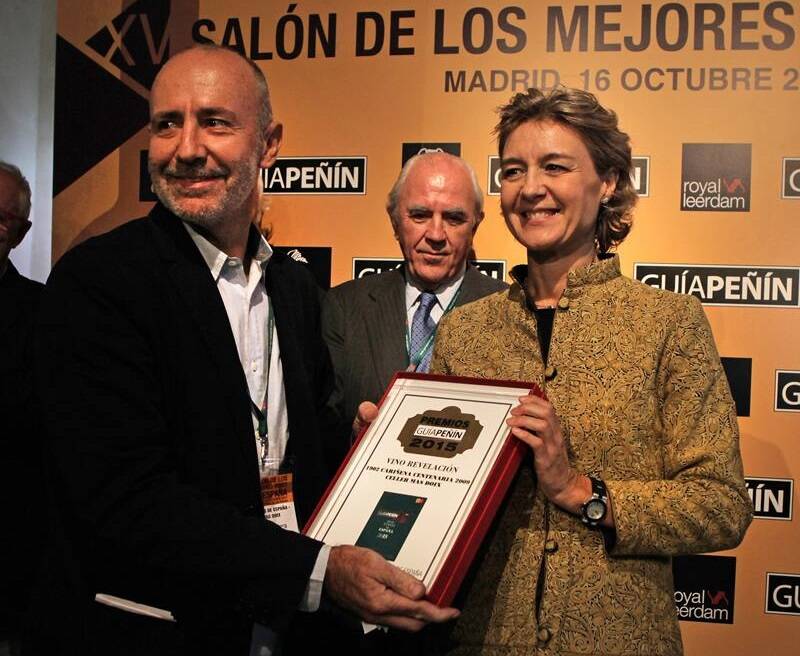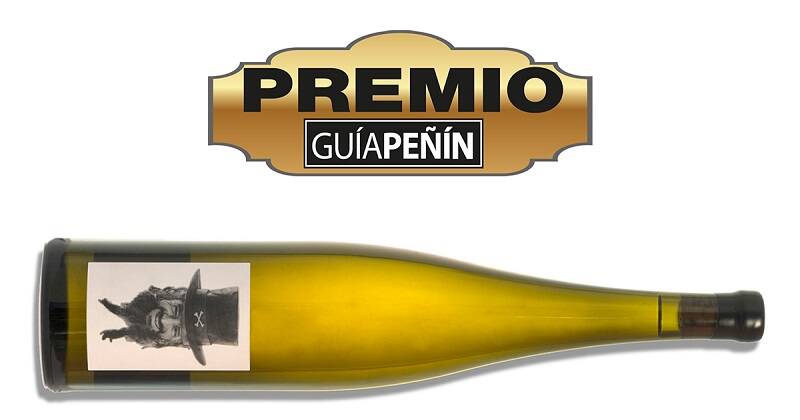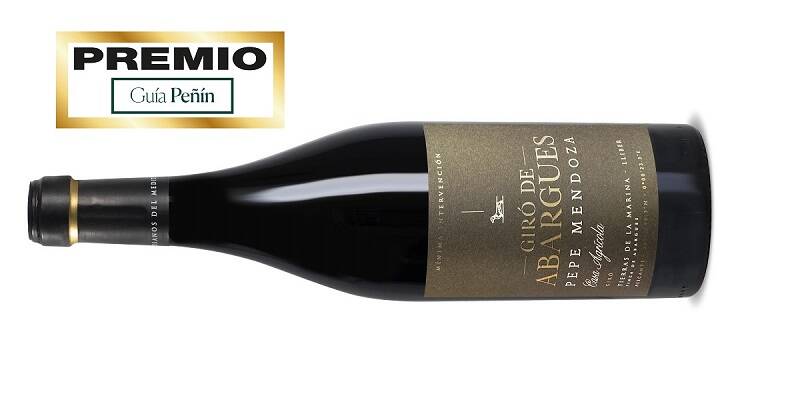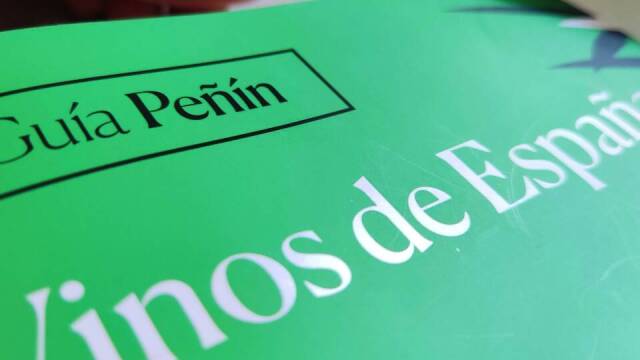There are wines that, due to their philosophy or style, break away from the established and mark a turning point in the growing area or region where they were born. We baptise them as Revelation Wines, a category that was born with the Peñín Guide 2013 and that for years has served us to analyse wines not only from a qualitative point of view, our usual way of assessing a wine, but also for their background and their rupture with the norm.
It is not easy to distinguish the innovative quality of a wine in a given area, because for that you need to have tasted many wines and to have a broad perspective of the area. The constant tasting exercise to which the Guide's tasters are subjected, being able to evaluate wines of all kinds of qualities and styles, enables them to see a wine in the future, and to gauge whether or not its touch of "quirkiness" is plausible.
Over the years many wines have been nominated as Revelation. Although only one wine wins each year, the fact of being nominated is in itself a recognition of an innovation or an endeavour inspired by the wines of the past, forsaking modern times.
Peñín Guide 2013
As we have said, the awards started in the 2013 edition of the Guide, that is, in 2012. In these first awards were nominated wines as important as As Caborcas 2010, which opened a path towards revolutionary wild and supple wines, compared to other more classic but also transcendent wines such as El Anejón de la Cuesta de las Liebres, Teso la Monja, Macán Clásico or Nisia, all of them from houses with great pedigree. I still remember Telmo Rodriguez's speech when he received the Peñín Guide's first revelation wine award, thanking the boldness of awarding the prize to his As Caborcas, taking into account the great wines competing for the same award. The question was not so much to reward the wine of the highest quality, but the wine whose style and winemaking opened up new ways of working and new interpretations of the terroir, and As Caborcas undoubtedly met all these criteria with solvency.
Peñín Guide 2014
The years went by and wines such as La Bota de Florpower (2012), the forerunner of today's so-called "vinos de pasto" (pasture wines), Táganan Parcela Margaelagua 2012, the explosion in the creation of Canary Island and plot-based Atlantic wines, Sorte O Soro, a superb estate wine, or Sietejuntos Syrah, an ode to French grapes in the midst of the increasing importance of local grapes in the wine industry.

 Log in
Log in

 As Caborcas, by Rafael Palacios was Revelation Wine 2014
As Caborcas, by Rafael Palacios was Revelation Wine 2014







